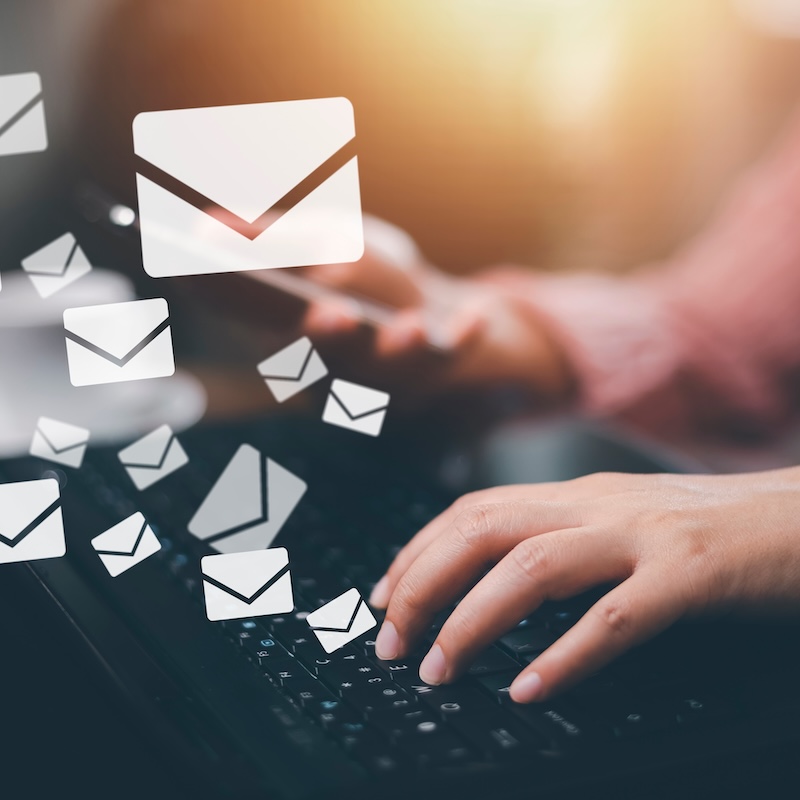Estimated reading time: 4 minutes
Sales incentives in 2026 will be more strategic than ever. To help your team succeed, this guide walks through the essentials of budgeting, goal setting, and program structure.

What’s the goal?
Goals should be specific, clearly communicated, and fair but challenging for your salespeople to hit the target. In 2026, aligning goals with measurable outcomes will be key to driving performance.

What’s the structure?
There’s one big decision: Will your program be open or closed?
- Open-ended: Everyone who hits their goal earns a reward. Engages the whole team but harder to budget.
- Closed-ended: Only a set number of top performers earn a reward. Easier to allocate a fixed budget.

How do I budget?
A good rule of thumb is 25% of the likely incremental increase in profit. But be sure to factor in the resources to run your program:
- 70–85% toward rewards
- 2–10% toward program communications
- 5–15% toward program management and administration
- 4–12% toward technology, tracking, reporting, and data services

What rewards should I offer?
Recommended options based on budget per winner:
- $5–1500: Merchandise and gift cards
- $1500–8000: Merchandise, gift cards, and individual travel and experiential rewards
- $8000 and up: Group travel and experiential rewards – Best for networking and sharing best practices

How should I communicate the program?
Communicate early and often. Keep goals and rewards top of mind with an email campaign or drive participants to your program website for updates and ideas.

Choose a partner who knows a thing or two about sales incentive programs.
With nearly 50 years of experience, the Next Level team is ready to help with program design, execution, communications, and rewards!
Let’s ChatWant more? Explore our insights on sales loyalty:


Manufacturer Loyalty

Distributor Loyalty



